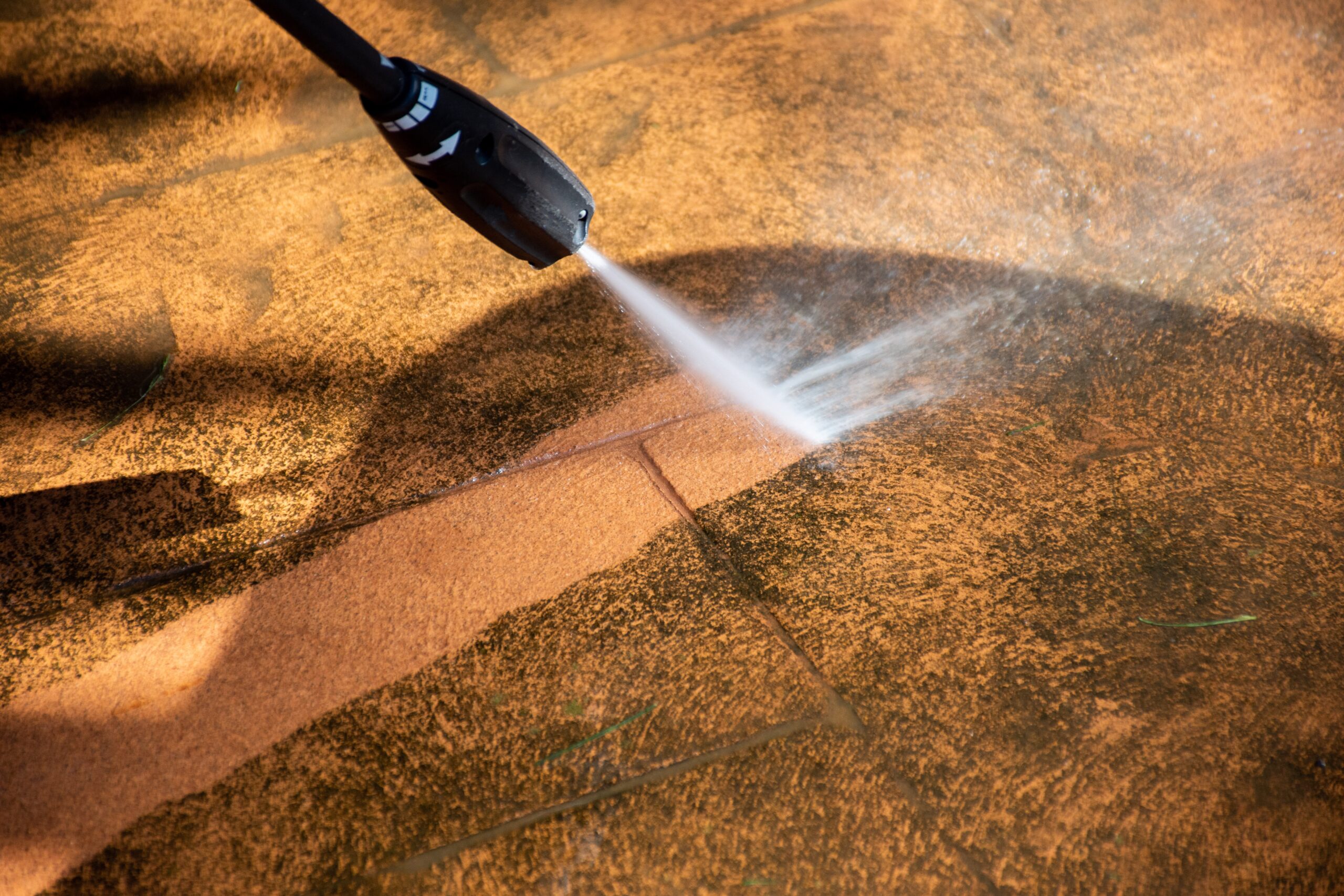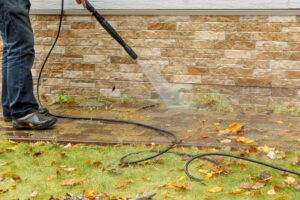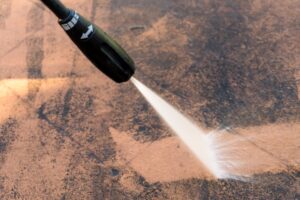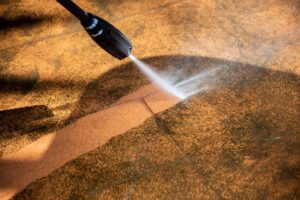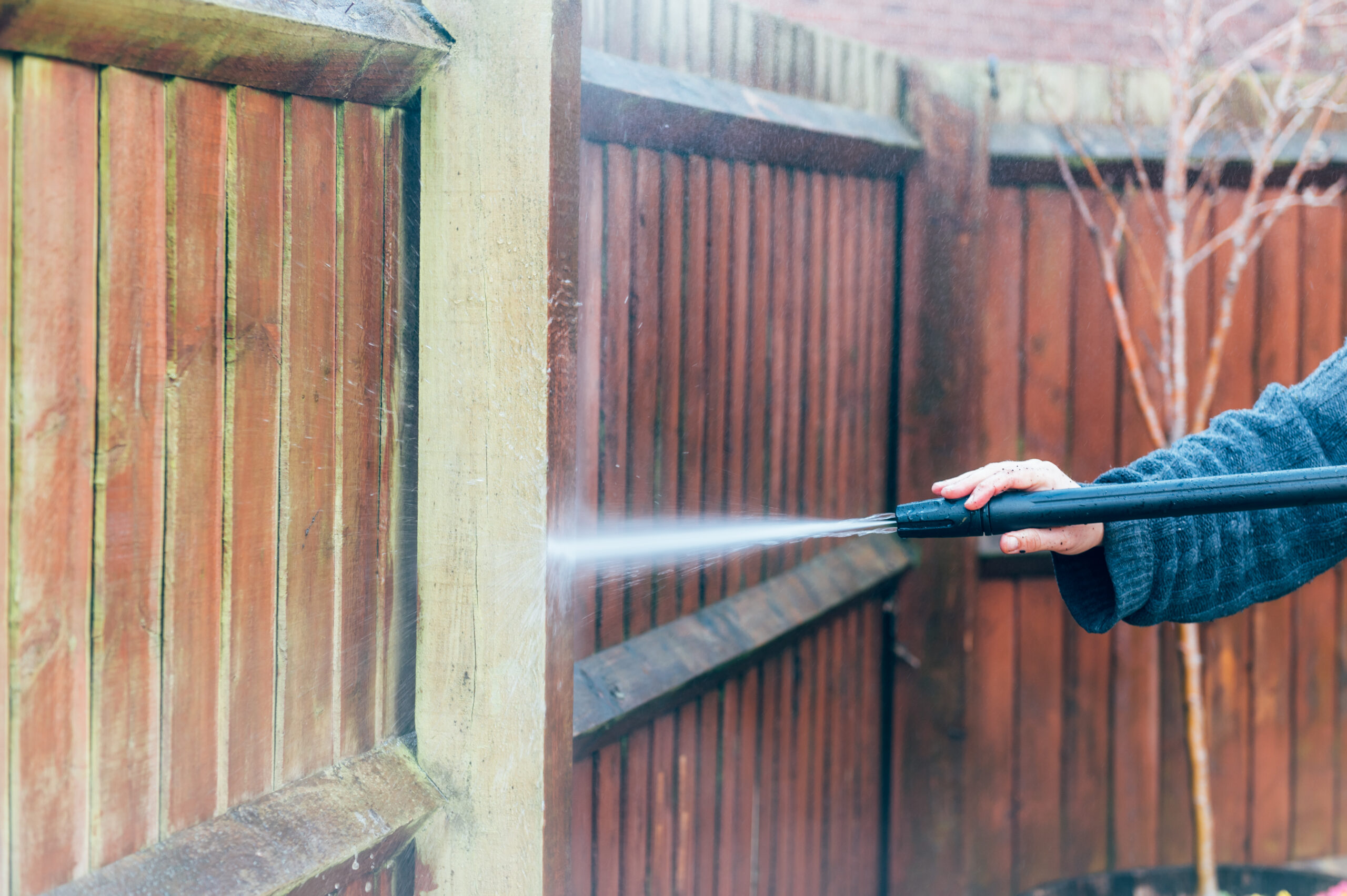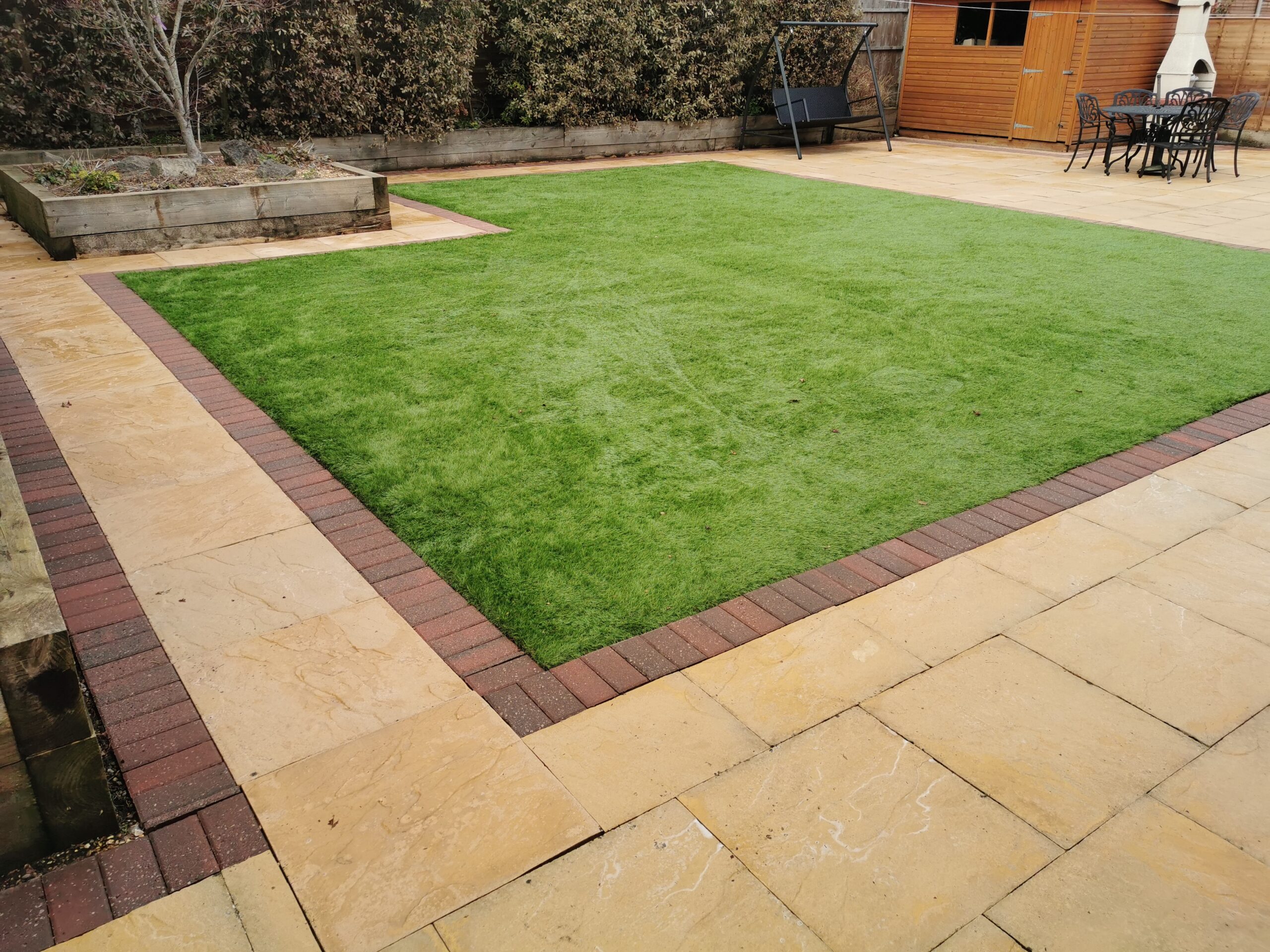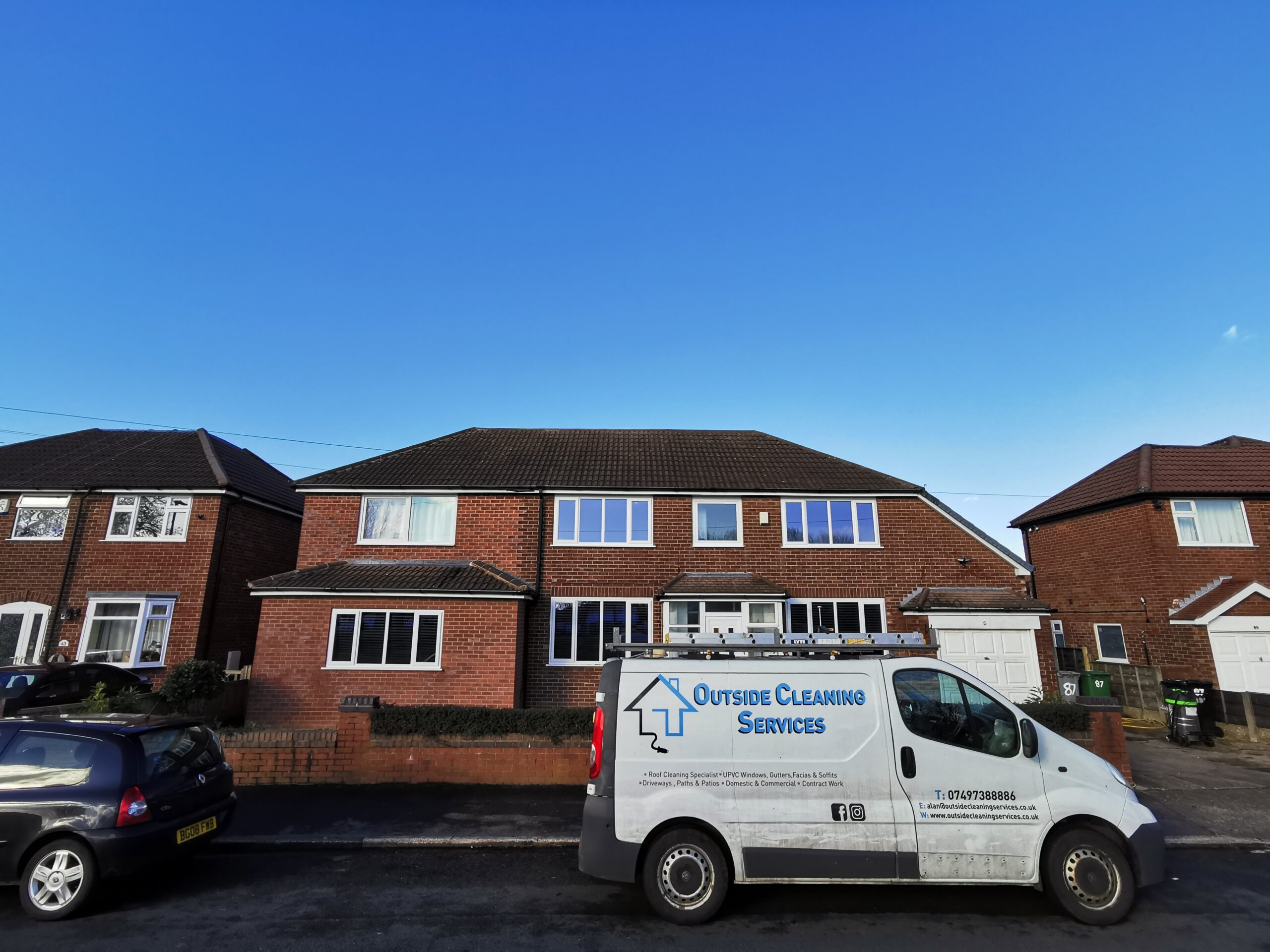To Wash or Not to Wash? What Surfaces Require Pressure Cleaning?
When it comes to maintaining the appearance and longevity of various surfaces, the question of whether to wash or not to wash is a crucial one. Pressure cleaning, also known as power washing, has gained popularity as an effective method for cleaning a wide range of surfaces. However, not all surfaces require pressure cleaning, and understanding which ones do can save you time, effort, and potential damage. In this article, we’ll delve into the world of pressure cleaning and explore the surfaces that truly benefit from this powerful cleaning technique.
The Mechanics of Pressure Cleaning
Pressure cleaning involves using a pressure washer that sprays water at high speeds. The pressure generated by the machine effectively blasts away dirt and contaminants, leaving surfaces clean and refreshed. The adjustable nozzle on the pressure washer allows users to control the intensity of the water stream, making it suitable for different surfaces.
The Power of the Pressure Washer
At the heart of pressure cleaning is the pressure washer itself. This ingenious machine operates on a relatively simple yet incredibly effective principle: water is pressurized and expelled through a nozzle at high speeds. This expulsion of water at elevated pressures produces a force that’s capable of dislodging dirt, debris, mold, mildew, and other unwanted substances that accumulate on surfaces over time.
The Dynamic Interaction of Pressure and Water
As the pressurized water exits the nozzle, it collides with the surface being cleaned. This collision triggers a dynamic interaction wherein the energy from the high-speed water droplets transfers to the dirt and contaminants adhering to the surface. This transfer of energy results in the dislodging of particles, effectively breaking the bond between the surface and the grime.
Surfaces That Benefit from Pressure Cleaning
Concrete Driveways and Walkways
Concrete surfaces, such as driveways and walkways, accumulate dirt, oil stains, and mildew over time. Pressure cleaning can effectively lift these stubborn stains, restoring the concrete’s original appearance.
Decking and Patios
Wooden decks and patios are prone to mold, algae, and dirt buildup. Pressure cleaning can help rejuvenate these surfaces, making them safe and appealing for outdoor activities.
Exterior Walls
Exterior walls can accumulate layers of dirt, dust, and grime. Pressure cleaning can transform a weather-worn wall, enhancing your home’s curb appeal.
Roofs and Gutters
Roofs and gutters are often overlooked but require regular cleaning to prevent water damage and maintain their structural integrity. Pressure cleaning can clear away debris and leaves that clog gutters, ensuring proper drainage.
Brick and Masonry
Brick walls and masonry can trap dirt in their crevices. Pressure cleaning can remove dirt and reveal the natural beauty of these surfaces.
Surfaces That Require Gentle Cleaning
Wooden Surfaces
Wood is more delicate and can be damaged by high-pressure water. Instead, opt for soft washing techniques to clean and preserve wooden surfaces.
Painted Surfaces
High-pressure water can strip paint from surfaces. Use lower pressure or alternative cleaning methods to protect painted areas.
Windows and Glass
Pressure cleaning can shatter glass and cause scratches. Stick to traditional window cleaning methods for glass surfaces.
DIY Pressure Cleaning vs. Professional Services
It’s essential to approach DIY pressure cleaning with a realistic outlook. While it can be tempting to assume that operating a pressure washer is straightforward, there’s more to the process than meets the eye. Achieving optimal results requires a solid understanding of pressure levels, nozzle types, and suitable cleaning agents. Incorrect use of pressure washers can lead to surface damage, strip paint, or even cause injury if not handled properly. Additionally, different surfaces demand different approaches, and a one-size-fits-all technique may not yield the desired outcomes.
Enlisting the services of professional pressure cleaners comes with its own set of compelling advantages. These experts bring a wealth of experience and industry knowledge to the table, ensuring that the job is executed efficiently and effectively. Professional cleaners have an acute understanding of pressure levels, appropriate nozzle selections, and the safest cleaning techniques for various surfaces.
Complex surfaces, delicate materials, and hard-to-reach areas often require a deft touch that professionals are adept at providing. They possess the expertise to assess the unique requirements of your property and tailor their approach accordingly. Whether it’s the restoration of an intricate facade, the careful cleaning of a delicate deck, or the thorough cleansing of multi-story exteriors, professional cleaners possess the skills to deliver results that not only meet but exceed expectations.
Best Practices for Safe Pressure Cleaning
Choosing the Right Pressure Washer
Select a pressure washer with appropriate pressure levels for the surfaces you’re cleaning. High pressure isn’t always necessary.
Using the Correct Nozzle Tips
Different nozzle tips offer varying spray patterns. Choose the right one to avoid damaging surfaces.
Safety Precautions and Protective Gear
Wear protective gear, including goggles and gloves, to stay safe from debris and water splashes.
Environmental Considerations
One of the essential aspects to bear in mind when engaging in pressure cleaning is the environmental impact it can have, particularly in relation to the generation of wastewater. As powerful jets of water are used to dislodge dirt and grime from surfaces, the resulting wastewater can contain a mixture of chemicals, detergents, and contaminants that were present on the cleaned surfaces. This wastewater has the potential to negatively impact the environment if not properly managed and disposed of.
The proper disposal or collection of pressure cleaning wastewater is of paramount importance to prevent potential harm to the environment. When this wastewater is allowed to flow freely into storm drains or local water bodies, it can introduce harmful chemicals and pollutants into aquatic ecosystems. These pollutants can disrupt the delicate balance of aquatic life, contaminate water sources, and even lead to long-term ecological damage.
Conclusion
Pressure cleaning is a powerful tool for reviving surfaces, but it’s crucial to discern when it’s suitable and when gentler methods should be employed. By investing the time to understand the unique needs of different surfaces, you empower yourself to make informed decisions that balance the benefits of pressure cleaning against the potential risks. Not all surfaces can withstand the force of high-pressure water jets, and some may require gentler approaches to cleaning to preserve their integrity. Wooden surfaces, delicate paintwork, and fragile glass demand a more cautious touch, acknowledging their susceptibility to damage.
FAQs
Is pressure cleaning safe for all types of siding?
Pressure cleaning can be safe for most siding materials, but the pressure level should be adjusted accordingly. Seek professional advice if you’re unsure.
Can pressure cleaning remove tough stains from concrete?
Yes, pressure cleaning can effectively remove tough stains from concrete surfaces, restoring their original look.
How often should I pressure clean my roof?
Roofs should be pressure cleaned annually to remove debris, mold, and algae, ensuring their longevity.
Can I pressure wash windows without damaging them?
Pressure washing windows can cause damage. It’s recommended to clean windows using traditional methods to avoid breakage.
What’s the average cost of professional pressure cleaning services?
The cost varies depending on the size of the area and the type of surface. On average, it ranges from $100 to $300 for a standard-sized home.

